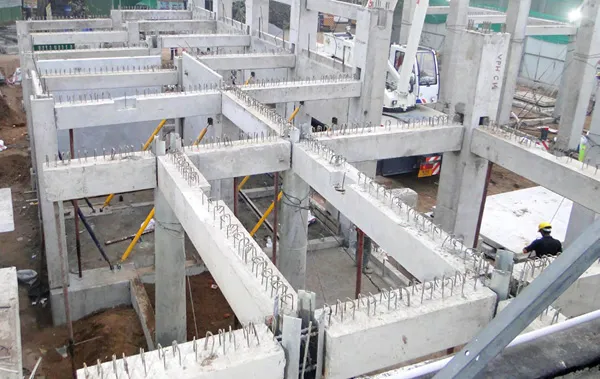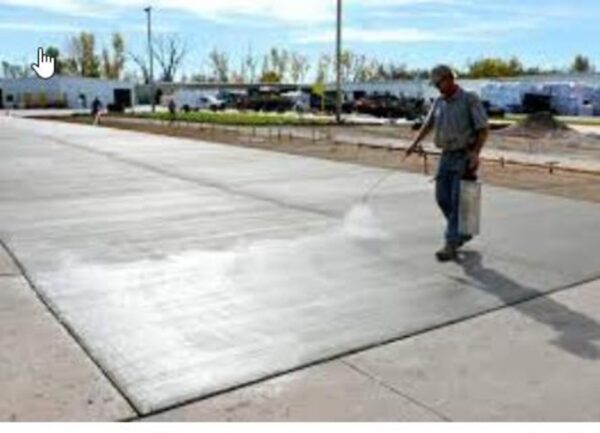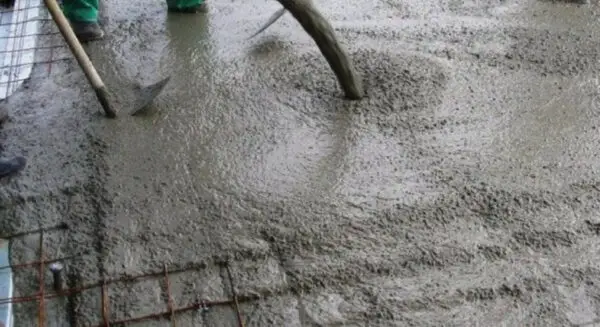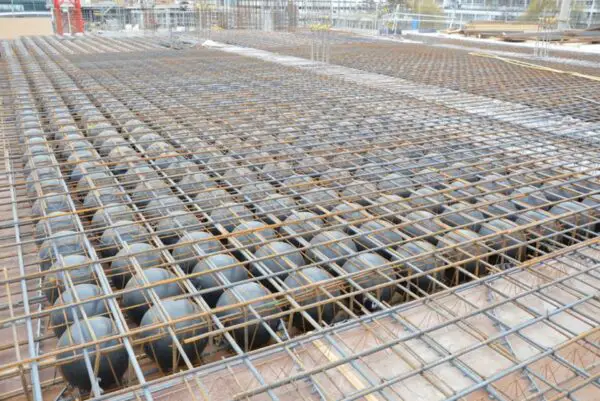The slump test concrete is a simple and commonly used method for measuring the consistency and workability of fresh concrete before it sets.
Developed by Edgar D. Coolidge in 1918, the test is crucial for ensuring the concrete’s quality and its performance in construction.
The process involves filling a cone-shaped mold with freshly mixed concrete, which is then compacted and removed. The concrete is allowed to slump, and the decrease in height of the cone is measured. This measurement reflects the concrete’s workability.
The slump test concrete is standardized by various organizations, such as ASTM C143 (American Society for Testing and Materials) and EN 12350-2 (European Standard). It is an essential quality control tool in the concrete industry, ensuring that the concrete meets the required workability for its intended application.
Why is slump test concrete is important
The slump test concrete measures the consistency and workability of fresh concrete. Workability refers to the ease with which concrete can be mixed, placed, compacted, and finished without segregation.
The slump test helps determine if the concrete has the right workability for the intended application.
It ensures that the concrete delivered to the site meets the specified requirements for consistency and workability. If the slump is too high or too low, adjustments can be made to the mix design or water content before placing the concrete.
The slump test concrete helps maintain consistency in concrete production. By regularly monitoring the slump, batch-to-batch variations can be minimized, ensuring a uniform quality of concrete throughout the construction project.
The slump test concrete helps ensure that the concrete complies with the project specifications and relevant standards, such as those set by ASTM or EN. Compliance with these standards is essential for the safety, performance, and longevity of the concrete structure.
Slump test concrete procedure
Here’s a step-by-step guide on how to perform the slump test concrete:
Equipment required:
– Slump cone (Abrams cone)
– Non-absorptive base plate
– Tamping rod (16 mm diameter, 600 mm length)
– Measuring scale
– Scoop or shovel
Procedure:
1. Place the base plate on a flat, stable surface. Ensure that the plate is clean, dry, and non-absorptive.
2. Dampen the inside of the slump cone and the base plate with water to prevent the concrete from sticking.
3.Place the slump cone centrally on the base plate with the smaller opening facing upward. Hold the cone firmly in place by standing on the foot rests.
4.Fill the slump cone with fresh concrete up to one-third of its height (about 70 mm). Compact the layer by rodding 25 times uniformly across the cross-section of the cone.
5.Add the second layer of concrete until the cone is filled to two-thirds of its height. Rod this layer 25 times, penetrating slightly into the first layer.
6. Fill the cone with concrete up to the top. Rod this layer 25 times, penetrating slightly into the second layer.
7.Using the tamping rod, strike off the excess concrete from the top of the cone, ensuring a flat and even surface.
8.Slowly and carefully lift the slump cone vertically upward, allowing the concrete to slump or subside. This should be done within 5-10 seconds.
9.Place the slump cone beside the slumped concrete. Lay the tamping rod across the top of the cone, extending over the slumped concrete. Measure the distance between the bottom of the rod and the top of the slumped concrete at its highest point. Record this distance to the nearest 5 mm or 1/4 inch.
10.Compare the measured slump with the specified slump range for the particular application. If the slump is within the acceptable range, the concrete is suitable for use. If not, adjustments to the mix design or water content may be necessary.

Types of slumps
There are three main types of slumps that can be observed during the slump test concrete, each indicating different characteristics of the concrete mix. The types of slumps are:
True Slump (Normal Slump):
- In a true slump, the concrete subsides uniformly without disintegrating or losing its integrity.
- The slumped concrete maintains a symmetrical, conical shape with a slump value within the specified range.
- A true slump indicates that the concrete has adequate workability, cohesiveness, and is suitable for most applications.
- Slump values for true slumps typically range from 25 mm to 125 mm (1 inch to 5 inches).
Shear Slump (Collapse Slump):
- In a shear slump, the concrete slumps and collapses, with the top portion sliding down one side of the pile.
- The slumped concrete loses its conical shape and disintegrates into a heap.
- A shear slump indicates that the concrete mix is too wet, lacks cohesion, or has insufficient fines or aggregate interlock.
- Concrete with a shear slump may be prone to segregation and bleeding, making it unsuitable for most applications.
- Shear slumps are often associated with high slump values, typically above 150 mm (6 inches).
Zero Slump:
- In a zero slump, the concrete shows little or no subsidence after the slump cone is removed.
- The concrete retains its shape, with minimal change in height or appearance.
- A zero slump indicates that the concrete mix is very stiff, dry, or has low workability.
- Concrete with a zero slump may be suitable for specific applications, such as road pavements or dry-cast products, where low workability is desired.
- Zero slumps are associated with slump values of less than 25 mm (1 inch).

Advantages
- The slump test concrete is a simple and straightforward procedure that can be easily performed on-site.
- Rapid results enable timely adjustments to the mix design or water content if needed.
- The slump test concrete is a relatively low-cost method for assessing concrete workability.
- This allows for real-time quality control and monitoring of concrete consistency during placement.
- The slump test is a globally recognized and standardized method (ASTM C143, EN 12350-2).
Conclusion
The slump test concrete measures the concrete’s ability to flow and deform under its own weight, which is essential for determining its suitability for various applications.
However, it is essential to acknowledge the limitations of the slump test.
The test does not directly measure the concrete’s strength, durability, or other performance characteristics. It should be used in combination with other quality control measures to ensure a comprehensive assessment of the concrete’s properties.
Overall, the slump test concrete remains an indispensable tool for concrete quality control, enabling the production of consistent, workable, and high-quality concrete.
Its simplicity, reliability, and widespread acceptance make it a staple in the construction industry, contributing to the successful execution of projects and the creation of durable concrete structures.







